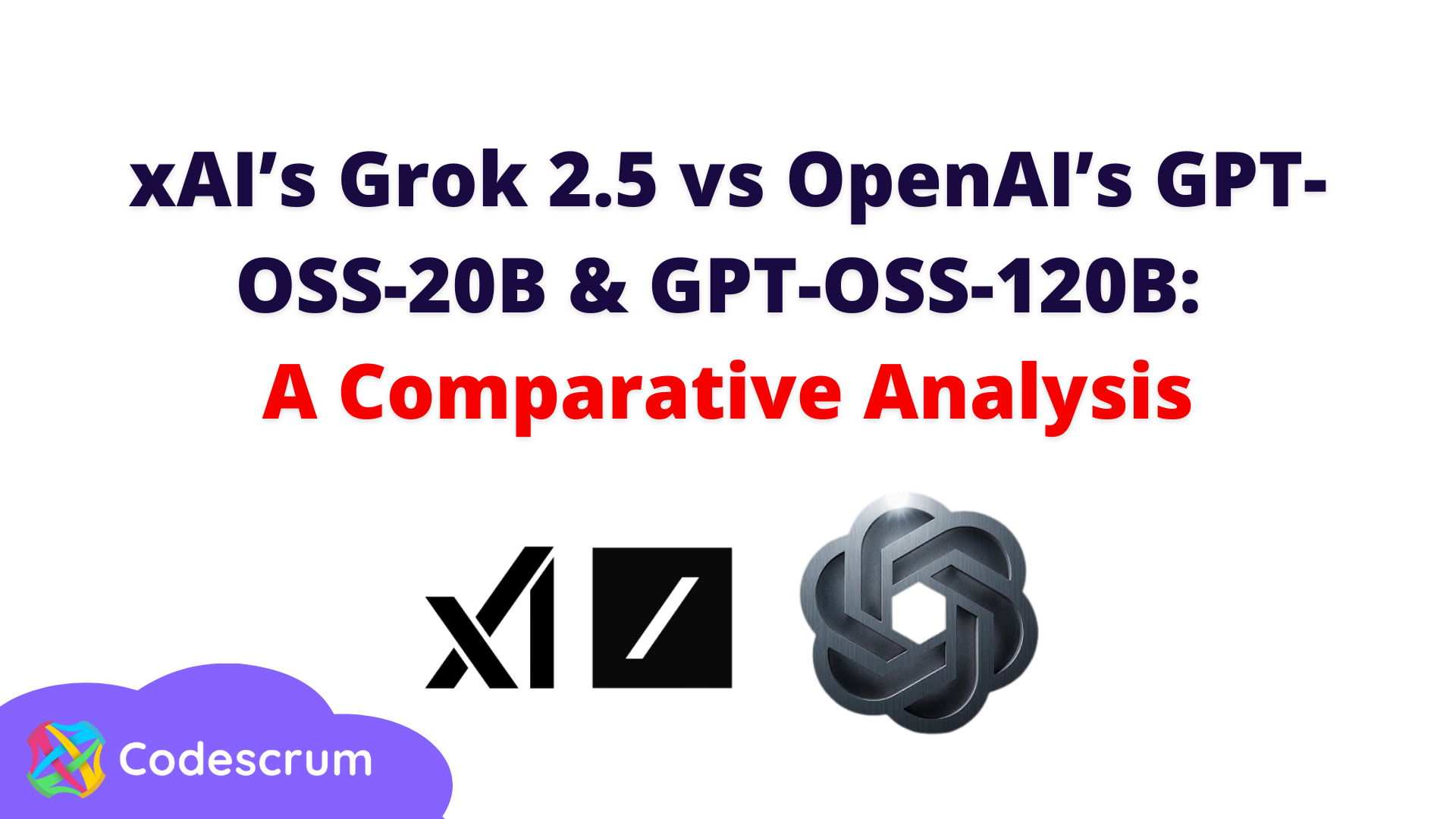Amazon vs Shopify: Which Platform Is The Best For Your Business?
Amazon vs Shopify: Which Platform Is The Best For Your Business?
Shopify and Amazon are giants in the e-commerce world, but which one is better for your business?
Shopify and Amazon offer excellent e-commerce solutions, and both platforms are popular. By June 2019, Shopify had hosted 820,000merchants. Amazon’s figures are less precise, but according to SellerApp, more than 2.5 million sellers have products listed on the e-commerce platform.
While both platforms offer potentially large exposure, the benefits and challenges of selling through them are unique, so businesses must choose the platform that works best for their needs, products and selling methods.
Shopify Advantages
Shopify is the cheapest, easiest, and most convenient way for someone who doesn’t want to deal with any code to set up a store and start selling right away. Go with Shopify if you’re non-tech, just starting out, selling standard items, want your own e-commerce store, and have outgrown a marketplace like eBay or Amazon.
1. Much better UX/UI… for the right customer
Shopify is very clear who its customers are and if you are the type of business that fits its customer profile you are going to love Shopify much more than any other self-hosted e-commerce platform as it gives a better user experience.
2. Much more economical at the beginning
A one-year subscription, at the lowest tier, is about USD$348, including cloud hosting and customer support. Technically, if you use open-source e-commerce alternatives, you will only pay for hosting, which can be as low as USD$80 per annum since the software is free, but if you want to be on a par with Shopify stores, you probably need some professional help setting it up. This can cost up to thousands of dollars.
3. Really good app integrations with SaaS services
SaaS e-commerce service companies love Shopify because they have a customer base that is familiar with paying for services monthly. That’s why you’ll most probably always find the innovative new service you need on Shopify before anywhere else, and some of them offer very good free plans. Conversely, SaaS companies don’t really like platforms like WooCommerce or OpenCart because… the people who use them don’t pay monthly subscriptions. So a lot of very convenient services are not integrated on these platforms.
4. End-to-end service integration
Blog marketing? Check. Shopping cart — check. Payment gateway — check. Inventory management — check. Printing address label — check. Shipping & Courier integration — check. The workflow for Shopify is so convenient it just works out of the box with a bit of tweaking. In contrast, none of its open source peers can provide this kind of convenience without some extensive customization.
5. Customizable
Even though the platform is so easy to set up and get going, there are additional steps you can take. If you aren’t entirely in love with the theme you’ve downloaded, or you wish your store looked a little different, you can fix it. Its customizable website builder is a huge help.
Each theme is preloaded with a standard setup. Most of the themes allow you to edit, add, and move content around to your heart’s desire. That means you can be as picky as you want while putting together your dream store.
Amazon advantages
Many benefits come from selling on Amazon: trust, customers, and fulfillment. Let’s learn more about the account’s particular benefits.
1. Access to purchase-ready customers
The number one benefit of selling through Amazon is getting instant access to purchase-ready customers. Amazon shoppers often skip the awareness phase and already know what product they want. This access to customers with high buying intent is one of Amazon’s competitive advantages and good for new businesses looking to grow their audience.
2. Amazon’s reputation
Customers buy from Amazon because of its reputation for providing an excellent customer experience. By selling through Amazon, your business will benefit from the Amazon brand.
3. It’s easy to use
From a practical standpoint, it’s easy to start selling on Amazon — just 24 hours if you’re prepared.
4. Fulfillment by Amazon (FBA)
When you sell with Amazon FBA, you store your products in Amazon’s fulfillment centers and let them pick, pack, ship, and provide customer service for your products. With Amazon handling logistics, you save valuable time and resources.
What are some of the disadvantages of Shopify?
- It may be more expensive: Business-savvy Shopify use often requires extensive app add-ons, and with every app you add, you’ll pay more. So, ultimately, it may be more expensive to use than Amazon.
- It may require more marketing: Unlike Amazon, Shopify is not an online marketplace, so you don’t get the inherent boost of a presence on the internet’s most prominent, diverse store. Instead, you’ll have to market your Shopify e-commerce store yourself.
- You can’t add extra content: Some e-commerce sites allow you to add extra content, such as videos, alongside your product listings, but Shopify lacks this capability.
What are some of the disadvantages of Amazon
- There’s no data access for Amazon sellers: Amazon will restrict your access to crucial customer information, and without this access to customers’ behavior on Amazon, you’ll lose the opportunity to personalize your experience.
- Amazon limits your brand: In terms of brand-building, Amazon is a bad option. In most cases, a shopper will type ‘mobile phone case’ into the search bar on Amazon’s homepage. They might filter by price, average customer rating, or get distracted by one of the sponsored products at the top of the page. As a result, Amazon removes your brand from the buying process. Instead, customers focus on product reviews, price, and popularity in the Amazon marketplace. Your business, in the end, will compete with thousands of other sellers, without using your unique brand story.
- Amazon FBA takes control of your business: Although FBA has advantages, you also lose control over your inventory. For example, Amazon might move products between warehouses, rendering them unsellable while in transit. By letting Amazon manage your inventory, you also lose control of your logistics chain.
- Amazon could take advantage of your success: If Amazon notices your product’s success, they might replicate your product and outcompete you.
Finally, you should consider all the variables, pros and cons, according to your business. Both platforms are valuable and each of them has particular advantages or disadvantages, so take your time to evaluate the best choice!
If you would like to talk about your e-commerce product, we encourage you to set up a meeting with us and enjoy our Free consulting.













